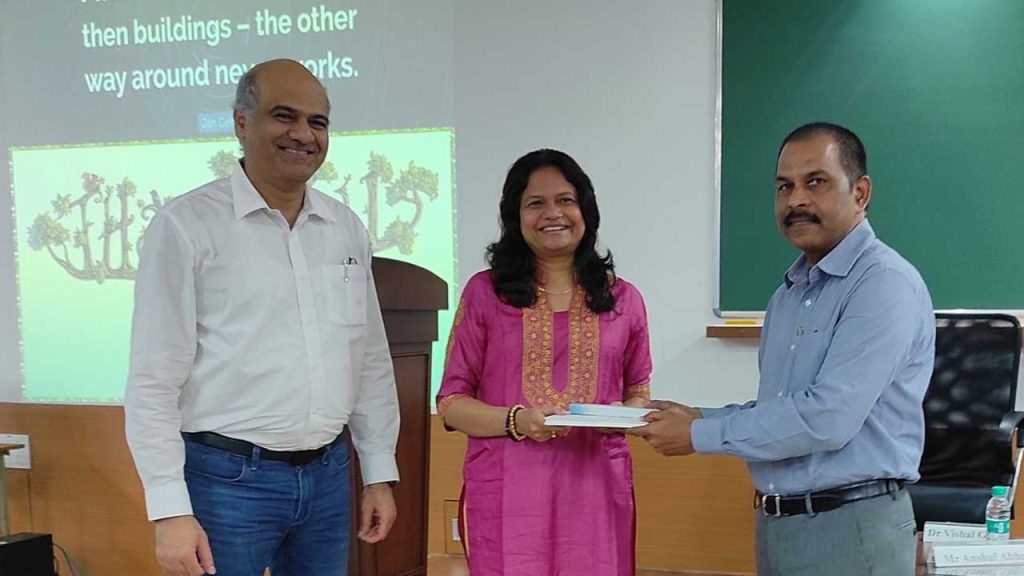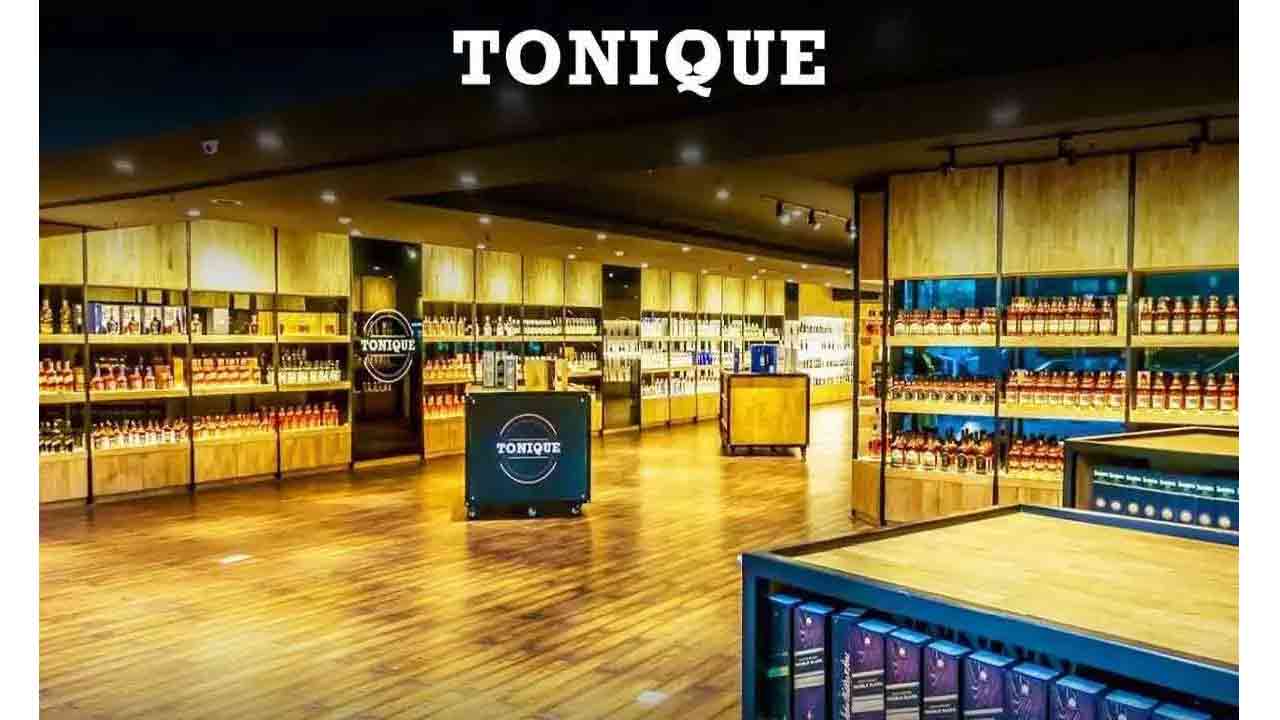Urban areas are becoming warmer than their rural surroundings
- Telangana state drafted a cool roof policy with a target to implement 100 sq km of the cool roof area in Hyderabad and 300 sq km in Telangana state: Arvind Kumar, Special Chief Secretary, MA&UD
- Aga Khan Agency for Habitat (AKAH) India organised a workshop on Climate Action through Urban Heat Island (UHI) Mitigation in partnership with IIIT Hyderabad
Urban areas | Hyderabad: Aga Khan Agency for Habitat (AKAH) India in partnership with the International Institute of Information Technology Hyderabad (IIITH) and National Institute of Urban Affairs (NIUA) conducted a workshop on Urban Heat Island (UHI) studies done in Hyderabad.
It was conducted to explore opportunities for the implementation of mitigation measures in alignment with the draft Cool Roof Policy for Hyderabad in collaboration with government and non-governmental partners.
Arvind Kumar, Special Chief Secretary, MA&UD delivered a special message during the workshop. While addressing the gathering he said, the Telangana govt. was keen on taking forward cool roofs as a mitigation measure and the state will be a forerunner in cool roof implementation at a large scale.
Urban Areas
The state has already drafted a cool roof policy with a target to implement 100 sq km of the cool roof area in Hyderabad and 300 sq km in Telangana state.
As cities develop, more vegetation is lost, and surfaces are paved or covered with buildings. This change results in less shade and moisture therefore urban areas become warmer than their rural surroundings, a phenomenon known as the “urban heat island effect”.
There is a large amount of heat released into the atmosphere as an effect of climate change, which is further catalyzed by UHI (heat generated by human-induced activities – unregulated development, air conditioners) making the environment unbearably warm & in a few cases fatal (humidity + UHI effects).
The workshop aimed to disseminate the findings of two action-based research on measures to mitigate the health, environmental, and energy effects of UHI.
The study by IIITH (Institute of Information Technology, Hyderabad) conducted in the summer of 2022 compared the temperatures of grey and freshly coated white roofs (high reflective paint) yielding positive results in the form of the maximum reduction in the indoor air for the white roof by 3.6°C, and over deck temperatures by 19.8°C, compared to the space with a grey roof.
The on-spot measurements for the roof surface temperature of a China mosaic roof were found to be similar to a freshly coated cool roof.
Urban Areas | Greening Hyderabad
The workshop was attended by municipal corporation staff especially the PWD who got to understand the UHI phenomenon, and its harmful impacts in the city and discussed mitigation action for reducing the hotspots through building and nature-based solutions.
Mr. V Krishna IFS, Additional Commissioner, GHMC also attended the workshop and discussed Greening Hyderabad with parks and Miyawaki forests under the green policy of the Telangana government. The interactive workshop was designed to support ideas and understand opportunities and challenges in urban heat island mitigation.
Several experiments have been conducted in the last 15 years to understand the impact of cool roofs in reducing temperatures and reducing AC energy use. Cool roofs is a simple and traditional technique that can improve the thermal conditions inside unconditioned buildings which do not have access to mechanical cooling such as low-income housing, primary health centers, hospitals, and schools.
Urban Areas | Mitigation measures for UHI
Dr. Vishal Garg (Professor, IIIT Hyderabad) emphasized that with the predictions from various sources, in cities the heat events could get more frequent and much longer in the future, beyond the human survival limit. There is an urgent need to take up mitigation measures for UHI.
Commenting on the workshop Ms. Prerana Langa, CEO, of Aga Khan Agency for Habitat India said, “The harsh reality of climate change is manifesting itself in real-time in the form of extreme weather events, shifting seasonal patterns, rising sea level rises, and an increase in average surface temperature.

Aga Khan Agency for Habitat (AKAH) India, in collaboration with IIIT Hyderabad, conducted a pioneering study using ‘satellite and real-time imagery’ to identify measures to mitigate the risks of Urban Heat Island (UHI), with the goal of ‘building’ climate-conscious cities. This consultation, I am confident, will yield fruitful results and lay the groundwork for future development of strategies to decrease scorching temperatures and achieve thermal comfort in real-time scenarios”.
About IIIT Hyderabad:
The International Institute of Information Technology Hyderabad (IIITH) is an autonomous research university founded in 1998 that focuses on the core areas of Information Technology, such as Computer Science, Electronics, and Communications, and their applications in other domains through inter-disciplinary research that has a greater social impact.
Some of its research domains include Visual Information Technologies, Human Language Technologies, Data Engineering, VLSI and Embedded Systems, Computer Architecture, Wireless Communications, Algorithms and Information Security, Robotics, Building Science, Earthquake Engineering, Cognitive Science, Computational Natural Sciences and Bioinformatics, Education Technologies, Power Systems, IT in Agriculture and e-Governance.
About AKAH India:
The Aga Khan Agency for Habitat (AKAH) India was established with the vision to create habitats that allow communities to be resilient to disasters and adapt to climate change. By leveraging technical expertise in climate action, risk reduction, and habitat improvement, AKAH India enable communities to be resilient and thrive.
It is a Section 8 nonprofit organization and is a member of the Aga Khan Development Network (AKDN). Biodiversity and Climate Change Program, Water Security Management, EnviroShala–School Resilience Program, and Urban Habitat Resilience Management are among its flagship programs.
All initiatives are aimed at achieving Sustainable Development Goals (SDGs) 6 (clean water and sanitation), 7 (affordable clean energy), 11 (sustainable cities and communities), and 13 (climate action). Following a collaborative model, AKAH India engages with key stakeholders at the national, state, and city levels.
It employs innovation and technology integration to affect a paradigm shift in climate action and to equip communities to respond to and mitigate risk.
Next Story:
Now you can get the latest stories from Indtoday on Telegram every day. Click the link to subscribe. Click to follow Indtoday’s Facebook page and Twitter and Instagram. For all the latest Hyderabad News updates






